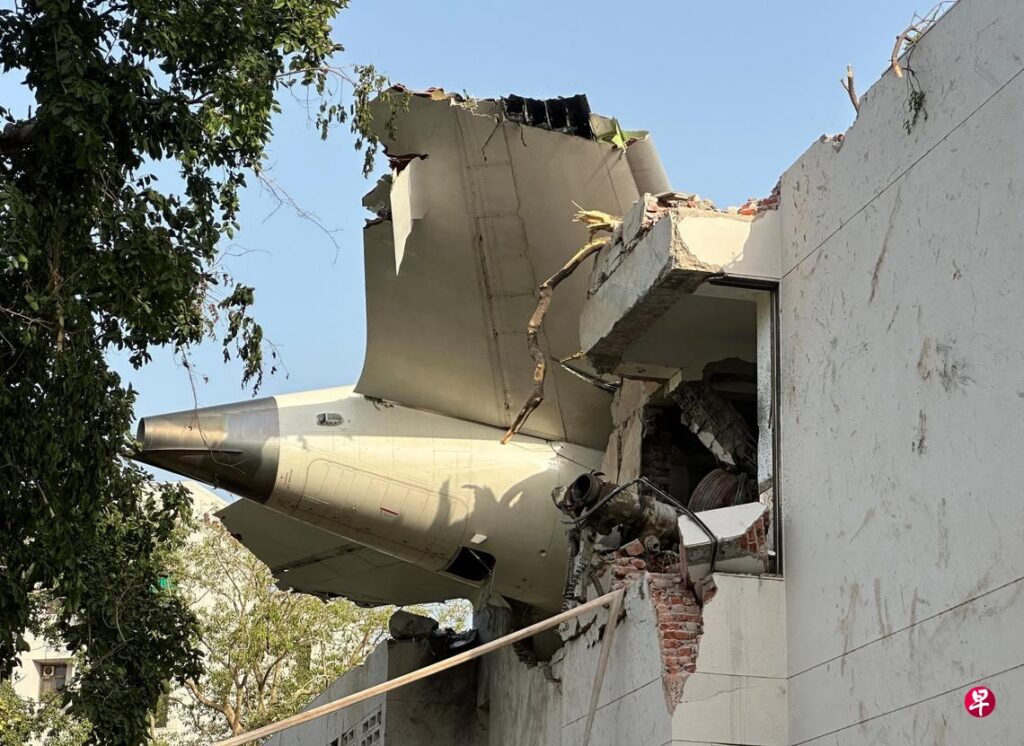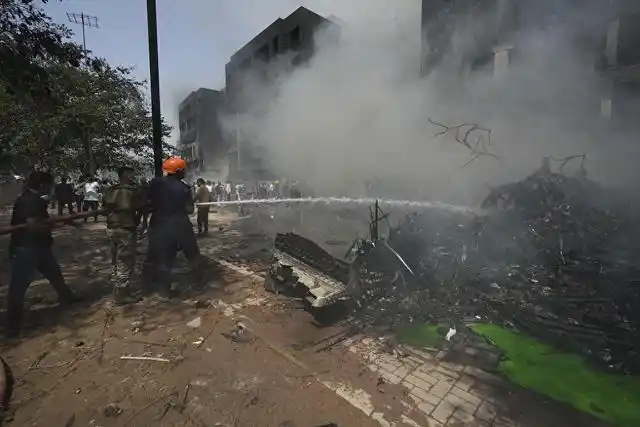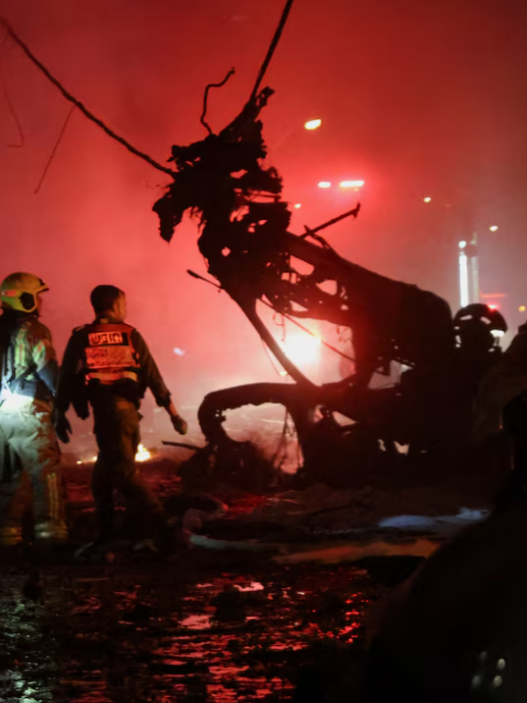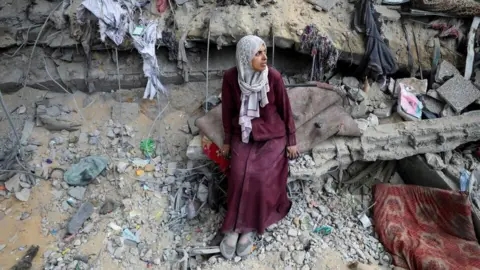On June 12, 2025, a major aviation disaster unfolded near Ahmedabad Airport in the Indian state of Gujarat. Of the 242 people on board, only one survived: Ramesh Vishwaskumar, a 40-year-old British citizen of Indian origin.
His Seat by the Emergency Exit
Ramesh was seated in 11A, beside the emergency exit in the front row of the economy cabin. The aircraft was a Boeing 787 Dreamliner.
Just 30 seconds after takeoff, a loud explosion shook the plane. It spiraled out of control and crashed.
Ramesh said he felt pain in his chest, eyes, and feet. But he remained conscious after the impact.
In thick smoke and scattered debris, he crawled out on his own. Soon after, emergency crews found him and took him to the hospital.
A Family Trip That Ended in Horror
Ramesh had lived in London for 20 years. He had just finished a family visit in India with his brother, Ajay.
They were returning to the UK on the same flight. But Ajay was seated in another part of the plane. His whereabouts remain unknown.
Walking Out of the Wreck
Doctors found that Ramesh’s injuries were not life-threatening. He could walk with minimal support.
Video footage showed him emerging from the wreckage, dazed but mobile. The world media quickly called him a “miracle survivor.”
Death Toll Rises to 241
A total of 241 people perished in the crash. That included 230 passengers and 11 crew members.
Among the passengers were 169 Indian nationals, 53 British citizens, and others from different countries.

The tragedy didn’t stop there. On the ground, the plane slammed into a medical college dormitory. At least five students were killed, and 35 others were injured.
The Final Message: Engine Failure
Before the crash, the pilot issued a mayday call. He reported an engine failure.
Videos taken by witnesses showed that the plane’s flaps were not fully deployed. That pointed to a serious loss of lift.
Experts now suspect one of several causes. These include mechanical failure, pilot error, or even a bird strike.
It also emerged that the aircraft had earlier issues. Passengers on the previous flight reported faults in the air conditioning and entertainment system. These were not fixed before the next takeoff.
A First for the Dreamliner
The crashed aircraft was a Boeing 787-8. It became the first of its model to be destroyed in a fatal crash.
This incident shattered the Dreamliner’s safety record, which had stood since 2011. The disaster raised fresh questions about both Air India and Boeing.
Many are now questioning their aircraft maintenance and safety protocols.
Controversy in Early News Coverage
Some Indian news outlets played dramatic background music while covering Ramesh’s survival. Viewers criticized this tone as disrespectful.

At first, media reports stated that everyone on board had died. When news broke of Ramesh’s survival, it caused confusion and public backlash.
A Cross-Border Investigation Begins
The investigation is being led by Indian authorities, with support from the National Transportation Safety Board (NTSB) of the United States.
Officials have recovered the black box. However, its contents have not been made public.
A preliminary report is expected within a month. Investigators are examining potential maintenance failures. They’re also looking at possible flaws in runway design.
What the Crash Reveals About Aviation Safety
This disaster highlights how fragile modern aviation safety can be. It also shows how difficult cross-border crash investigations often are.
Ramesh’s survival offers rare insight into what happened on board. But many facts remain unclear.
Authorities say the investigation will continue until all questions are answered. Until then, the full truth behind the crash remains unknown.



















